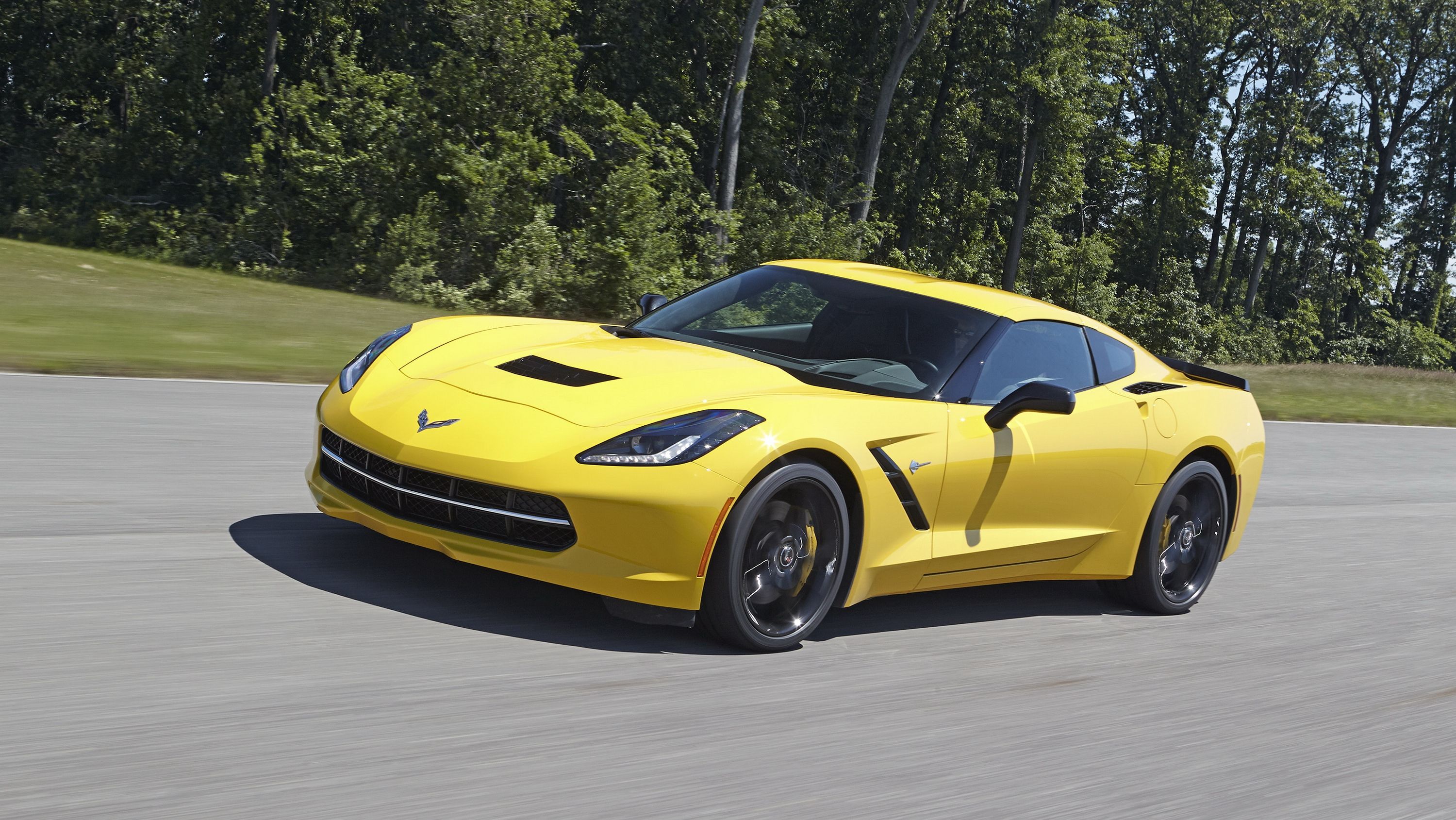For 63 years, the Chevrolet Corvette->ke1280 has followed a tried-and-tested front-engined, rear-wheel drive layout. But if the long-held rumors about the Corvette C8->ke4930 end up being true, the American sports car’s next iteration could be in line for a massive tradition-shifting shakeup. According to Car and Driver, the switch to a mid-engine layout for the eight-generation Corvette is already certain as Chevrolet->ke199 begins transitioning the sports car->ke506 into more exotic and potentially more lucrative markets.
Official details about the car are still scarce at this point, but C&D quotes what it says to be an “impeccable source,” is reporting that the Corvette C8 will receive a number of mid-engine powertrains over the first few years of its life. The first of these engines is the current pushrod V-8 that will be tuned to deliver as much as 500 horsepower. That engine will be used in the 2019 Corvette, which is expected to make its debut at the 2018 Detroit Auto Show.->ke222 As soon as it hits the market, that version will carry a base price of around $80,000.
From there, Chevrolet will shift to a more powerful mid-engine V-8 that will make its debut with the 2020 Corvette in the same auto show a year later. No mention was made on how much power that version of the Vette will get, but it has been tipped to cost at least $100,000. A hybrid->ke147 Corvette, dubbed the E-Ray Corvette, is also in the works. All indications point to it receiving the same “new” V-8, but with an extra electric motors powering the two front wheels.
As for the current-generation Corvette C7,->ke4579 that model will still be produced until volume production starts for the Corvette C8. But before the C7 rides off into the sunset, Chevrolet is planning to send it out on a high note with a series of special edition->ke2041 models that may include the ZR1 variant.
Once the shift to a mid-engine layout is complete, don’t be surprised if the Corvette C8, and all the iterations that follow, starts to set its sights on competing against some of the finest sports cars and supercars->ke177 in the market today.
Continue after the jump to read the full story.
Why it matters
The switch to a mid-engine layout for the Corvette may come as a surprise to a lot of people, and for the most part, it is more eye-opening when the car in question has used a front-engine layout for the better part of six decades. But there are have been some rumblings within General Motors that the Corvette C8 will be developed with an eye towards competing against some notable sports cars and supercars.
The same Car and Driver report indicated that in conjunction with the development of the next-gen Corvette, General Motors->ke1024 has a fleet of sports cars and supercars like the Ferrari 458 Italia, Nissan GT-R, Porsche 911 Turbo, and BMW i8 that it uses for testing and as benchmarks for the Corvette. That tells you that GM and Chevrolet have bigger plans for the ‘Vette now that it’s approaching its eight generation. The company doesn’t have those kinds of supercars in its possession because it likes them. It has them because they represent the level that GM wants the Corvette to be a part of in the future.
From a technical standpoint, the switch to a mid-engine layout should serve the Corvette well because of the advantages it has over a front-engine layout. It’s known that a lot of sports car manufacturers aim for a 50:50 weight distribution to give the car neutral handling characteristics. Sure, front-engine sports cars can also achieve this an even weight distribution, but it doesn’t come as naturally compared to a mid-engine sports car.
Neither GM nor Chevrolet have publicly explained the decision to shift the Corvette’s engine layout, but if the timetable that Car and Driver reported proves accurate, we won’t have to wait too long to hear about why the decision was made to do this for the eight-generation Corvette.
Car and Driver0}
Read our full review on the Chevrolet Corvette here.

